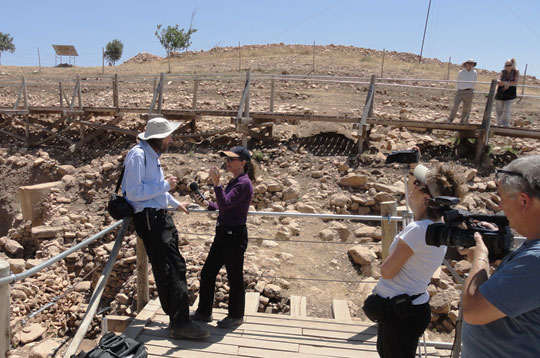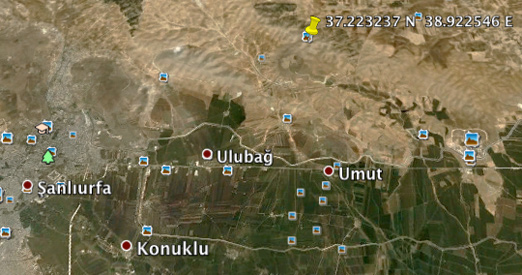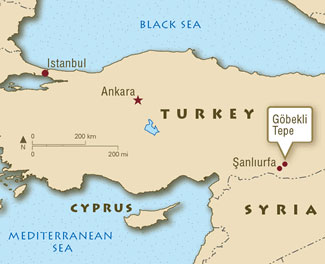“All the work Gobekli Tepe builders put into carving those pillars,
erecting them, erecting walls between them at a later stage... is in many
ways dwarfed by the amount of time and work and energy
they put into covering them over again.”
- Robert M. Schoch, Ph.D., Geologist, Boston University



Return to Part 1.
June 26, 2012 Gobekli Tepe, Turkey - After the sun had risen to completely light up Gobekli Tepe, I interviewed geologist Robert M. Schoch, Ph.D., inside the Gobekli Tepe excavation. I asked him if given that Gobekli Tepe's creation and purpose is perhaps the greatest archaeological and historical mystery on the planet today, what does Dr. Schoch speculate happened a thousand years after the elegant, bizarre, strangely eerie pillars, totem, Urfa man and other sculptures were erected in circles over 30 hilltop acres to cause Someone to cover the whole site back over with dirt?
Click here to subscribe and get instant access to read this report.
Click here to check your existing subscription status.
Existing members, login below:
© 1998 - 2025 by Linda Moulton Howe.
All Rights Reserved.


